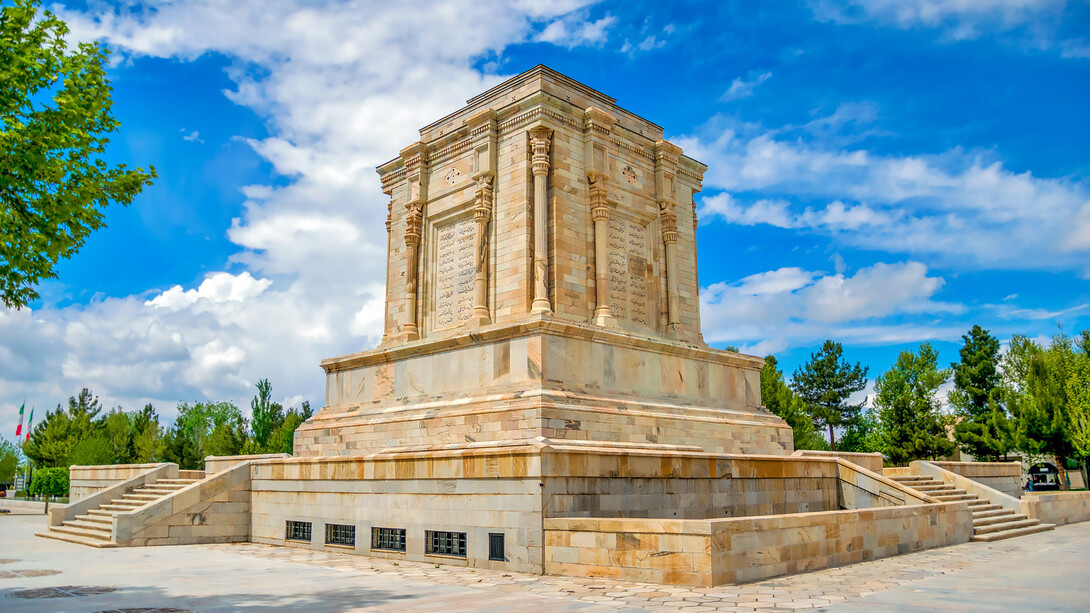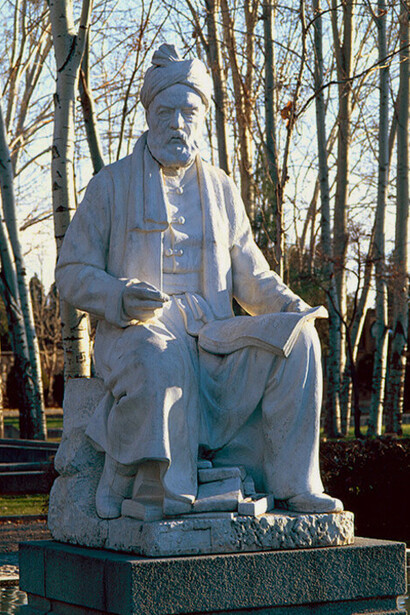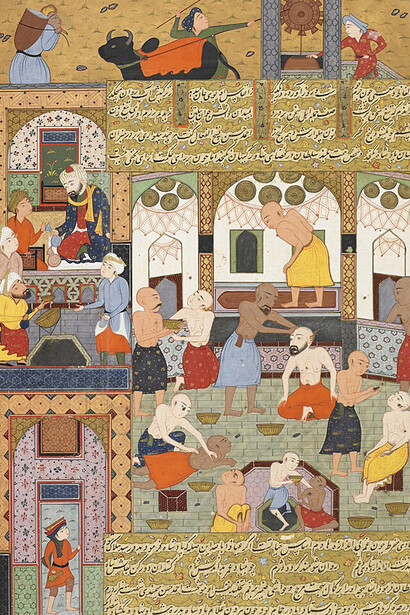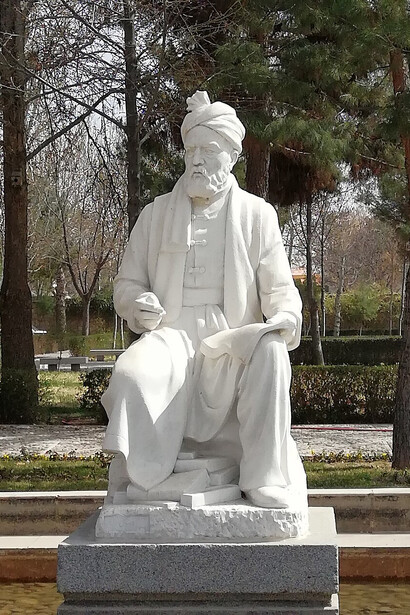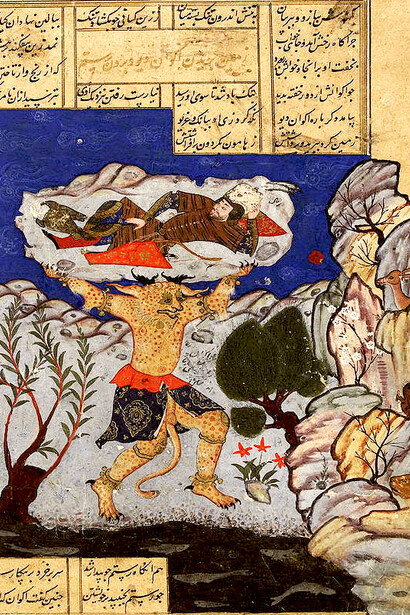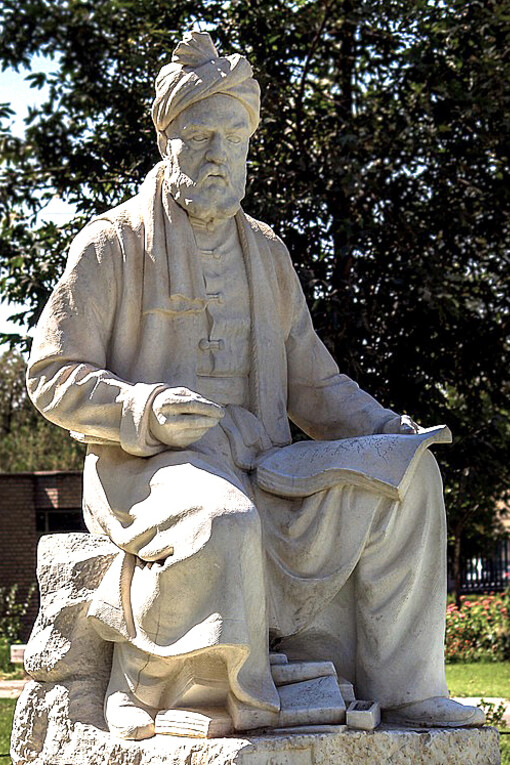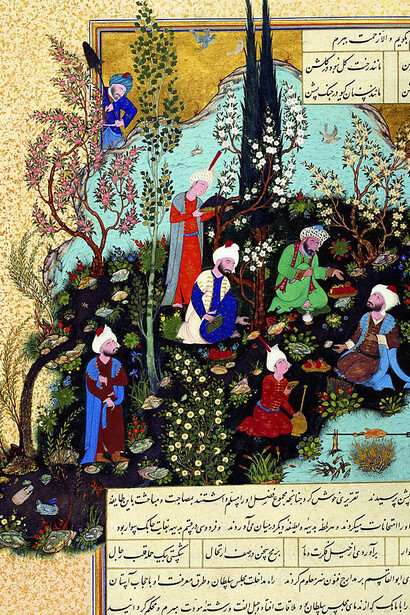The Persian language has evolved significantly over the course of its millennia. Initially, the Avestan language was used by the Persian Empire, serving as its earliest known form. However, following the rise of Islam in the Arab nations and their dominance in the region for over two centuries, the Persian language began to change. During this period, it was gradually influenced and absorbed by Arab culture in various ways.
That’s why, in many ways, both languages share a similar writing system, yet they also differ in several aspects. For instance, Arabic has 28 letters, while Persian has 32, reflecting its rich cultural influences. The four letters that set them apart are چ (ch), گ (g), ژ (zheh), and پ (p).
As the influence and culture of Arab nations and Islam expanded, many began to forget the fundamentals of the Persian language. This trend persisted until the creation of a remarkable book called Shahnameh—literally translated as the "Book of Kings"—by the renowned poet Ferdowsi.
Ferdowsi's history
He was born in 940 AD into a wealthy family. His full name was “Abulqasim Hassan Mansur bin Muhammad bin Ishaq Sharafshah”. From his name, you can see how deeply Arabic culture influenced naming practices at the time, with "bin" meaning "son of", a common Arabic term.
Thanks to his family's wealth, he received a proper education, which nurtured his interest in historical events and legends. This passion fostered a deep love and appreciation for Persian culture, inspiring him to embark on a literary journey.
His monumental work, the Shahnameh, took about 35 years to complete. It is often regarded as one of the reasons for his financial decline. Despite the hardships he faced, he maintained the elegance and honesty of his poetry, avoiding flattery or falsehood.
After finishing the Shahnameh, the only way to preserve it at the time was to present it to a high-ranking ruler. Ferdowsi gifted the manuscript to Sultan Mahmud Ghaznavi in hopes of safeguarding his work and perhaps receiving a reward, especially given his financial struggles. However, due to religious differences between them, the reward he received was less than what he had hoped for.
Eventually, after many years, Ferdowsi received a proper reward from the next ruler of the time. He passed away in 1025 AD, but his legacy endures to this day, and he is remembered as one of the greatest Persian poets of all time.
The story of Shahnameh
The Shahnameh is a rich collection of epic stories drawn from the history and legends of the Persian Empire. It weaves together tales of significant historical figures and events, showcasing their struggles with internal conflicts and foreign powers. These include encounters with neighbouring regions like India, the Turanians, and even the Roman Empire. The narrative traces the rise and falls of ancient civilisations, from the early eras to the decline of the Sassanian Empire, blending mythical events and legendary figures along the way.
To put it simply for a modern audience, the Shahnameh can be seen as a mix of the grandeur of "Game of Thrones" and the fantastical adventures of "The Witcher". It’s a sweeping saga of love, war, bravery, and betrayal—classic themes that have captivated audiences for centuries.
While there is a main storyline that runs throughout the epic, it’s also filled with a variety of shorter tales—tragic stories that are reminiscent of Greek mythology or Shakespeare’s plays. These interwoven stories add depth and richness to the overall narrative.
One of the most beloved characters in the Shahnameh is Rostam Dastan. He is portrayed as a mighty, courageous, and loyal hero, dedicated to his king and country. Yet, like many tragic heroes, he ultimately faces betrayal by someone close to him.
Perhaps the most famous story involving Rostam is "Rostam’s Seven Challenges". In this tale, he embarks on a quest to find a cure for his king. Along the way, he must overcome seven deadly obstacles—facing fierce creatures like a lion, a dragon, and ultimately a demon, each more dangerous than the last.
The main purpose of Shahnameh
This book contains approximately 50,000 verses and is regarded as one of the largest epic classical novels in the world. While much of it is centred around storytelling, Ferdowsi’s primary goal was not merely to entertain but also to educate his readers. Many verses within the Shahnameh touch on various themes, such as:
- Expressing goodness and benevolence—for example:
Avoid doing evil, so you may not be distant to be doomed. Evil only breeds more evil.
(مکن بد که بینی به فرجام بد ز بد گردد اندر جهان نام بد)
- Or Inspiring knowledge and wisdom; for example:
Whoever is wise is capable. Through knowledge old becomes a new.
(توانا بود هر که دانا بود ز دانش دل پیر برنا بود)
- One last example is related to wisdom in speech:
Don't state words that have no benefit. Within those flames, you will gain nothing but smoke.
(مگو آن سخن کاندرو سود نیست کزان آتشت بهره جز دود نیست)
Conclusion
Ultimately, we see how art and literature can enrich a nation. One man's lifelong dedication to creating a masterful work inspired generations to reconnect with their culture and remember its beauty and depth.
As a final note, Ferdowsi's grave was once on the verge of destruction. In 1928, Reza Shah Pahlavi ordered its renovation, and by 1934, a monument was constructed by the renowned architect Houshang Seyhoun in Mashhad, which still stands today.
